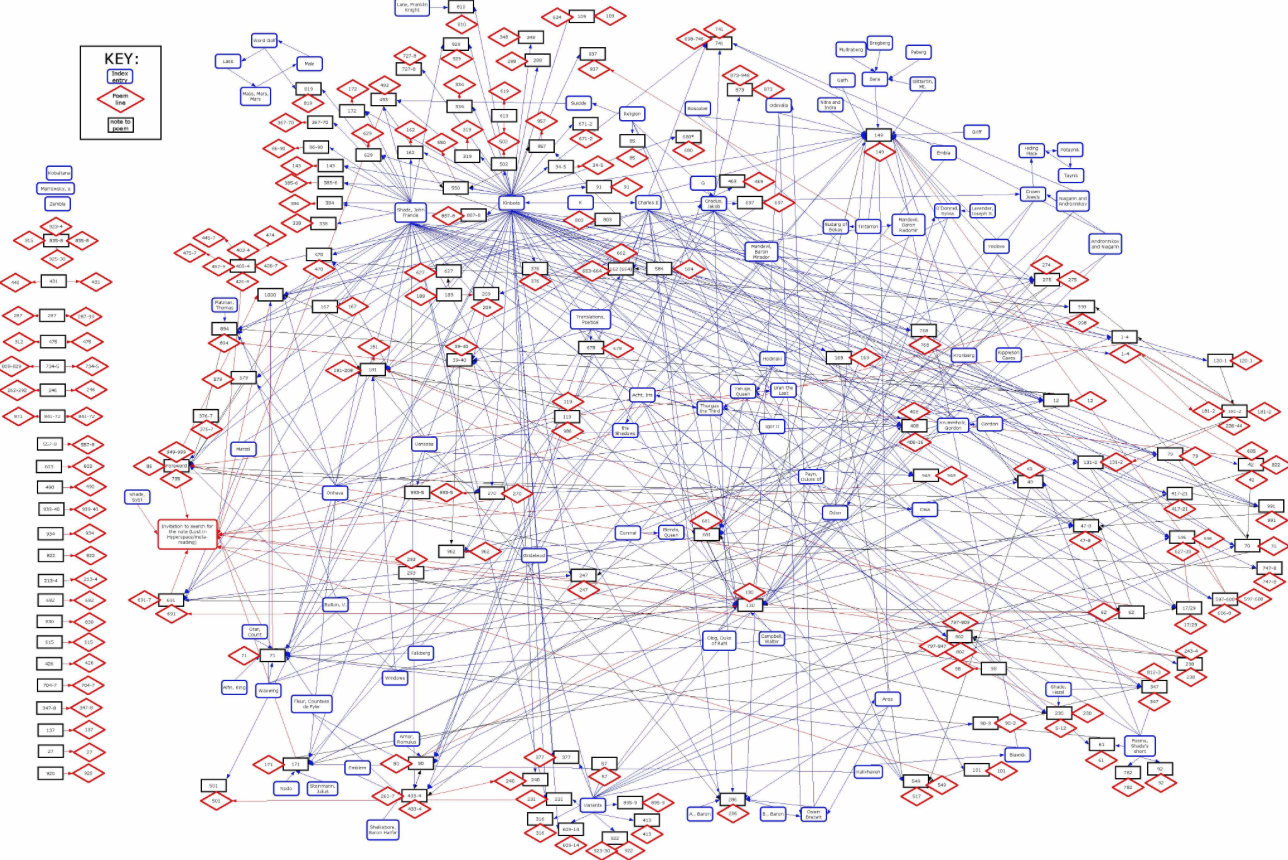One of the greatest strengths of digital publishing is the way that text can be shared an woven together. Collaboration is much more common in digital publishing than in traditional publishing, but it works in different ways, too. For example, hypertext, which, according to Belinda Barnet and Darren Tofts’s essay “Too Dimensional: Literary and Technical Images of Potentiality in the History of Hypertext”, “constitute[s] a vision of the ultimate archive, an archive which preserves the ‘true’ or ‘natural’ connections which hold between items.” “[It is] non-linear, encyclopedic, cross-referential” (Barnet, Darren 283.) It is truly incredible just how capable hyperlinks are of stringing webs of pages and information together to create a vast amount of resources available to the public.
Usually, hyperlinks online are indicated by underlined, blue text, which is just about a universally recognized sign that a word will lead to another branch of the web with just one click. Obviously, if you print out a page with hyperlinks, there is no way to access the actual links indicated on the paper.
The concept of reading in a non-linear fashion is revolutionary. Reading literature of any shape or form can be frustrating if you are used to having access to hyperlinks. There might be words you don’t recognize, or events you don’t know enough about to fully understand the concepts of what it is you are reading. Hypertext is an online tool that solves this problem. Digital publishers use it to pull more readers in by making it easier for everyone to learn and understand more of the piece. They provide links to pages of definitions or outside sources, making learning easier and more diverse. The format also changes, becoming more easily accessible as one can have multiple tabs open in a window at once, capable of flipping back and forth between pages.
Word Count: 303
Works Cited:
Barnet, Belinda, and Darren Tofts. “Too Dimensional: Literary and Technical Images of Potentiality in the History of Hypertext.”
